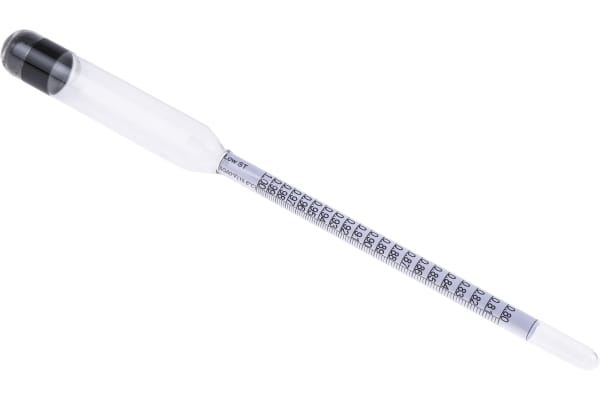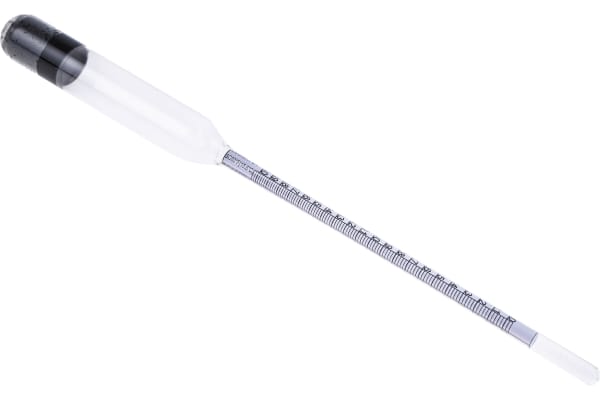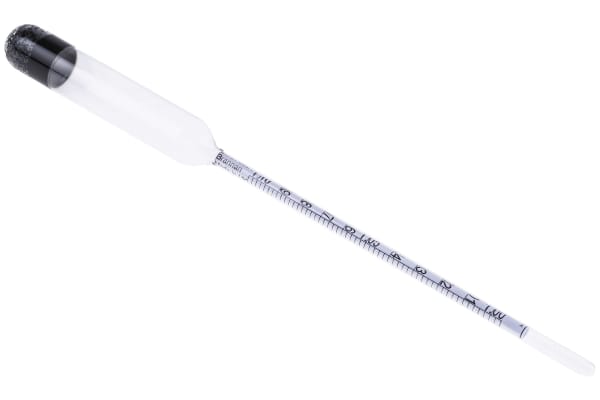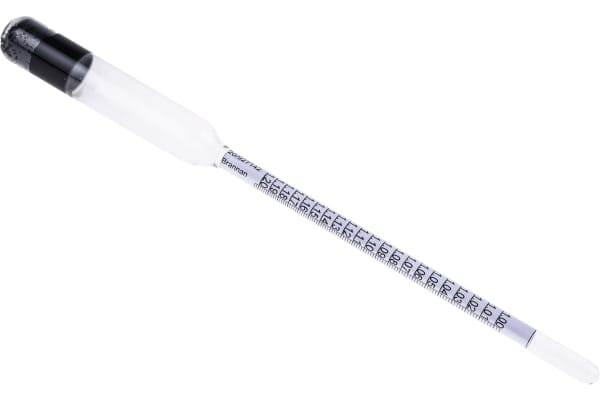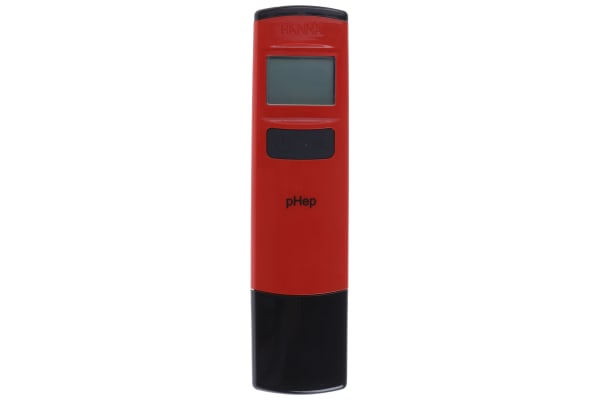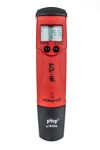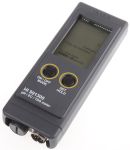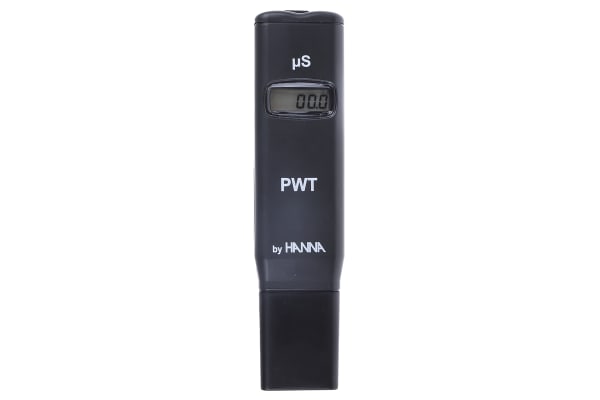Liquid Analysis
Conductivity meters are devices for measuring the electrical conductivity in a solution. Distilled water is a poor electrical conductor and the substances or salts dissolved in the water determine how conductive the solution will be, as the number of dissolved ions increases, so does the solution’s ability to carry an electrical charge. This electrical charge is what allows a conductivity meter to measure the conductance of a solution.How do they work?A conductivity meter consists of a probe that measures conductivity. A small electrical current flows between two electrodes set a certain distance apart, usually around 1 cm. If there is a high concentration of ions in the solution, the conductance is high, resulting in a fast current. The electrical current is slower and gives a smaller reading when a lower concentration of ions is present.They are commonly used in hydroponics, aquaculture and freshwater systems to monitor the number of nutrients, salts or impurities in the water. Conductivity meters must be calibrated to provide accurate results.Advantages• Available as a controller or an analyser to be implemented in process situations• Able to make a sampling measurement in less than one second Disadvantages• Cannot distinguish between different types of ions• Conductivity meters are temperature dependent, conductance increases approximately 2% per °C• Does not measure the number of ions in a solution directlyUses• Agriculture to measure the salinity levels of surface water and of soil samples• Wastewater treatment facility to measure the quality of water• Water conditioning (softener, demineralisation, aquariums, pollution control)
-
Brannan Hydrometer, 0.8°SG min 1°SG max, 15.6°C
IDR292,118.65 -
Brannan Hydrometer, 1.2°SG min 1.4°SG max, 15.6°C
IDR371,310.60 -
Brannan Hydrometer, 1g/ml min 1.1g/ml max, 20°C
IDR447,355.85 -
Brannan Hydrometer, 1°SG min 1.2°SG max, 15.6°C
IDR269,147.74 -
Chauvin Arnoux CA 10001 pH Meter, 14pH max, +60 °C max
IDR1,615,725.56 -
Facom Refractometer
IDR3,785,794.77 -
Hanna Instruments CHECKER1 pH Meter, +14pH max
IDR1,882,880.39 -
Hanna Instruments HI 70010P pH Buffer Solution, 20ml Sachet, 10.01
IDR1,052,361.37Lot (1 Lot of 25) -
Hanna Instruments HI 98107 pH Meter, +14pH max
IDR2,142,378.25 -
Hanna Instruments HI 98127 pH Meter, +16pH max, +60 °C max
IDR4,003,546.41 -
Hanna Instruments HI 98304 Conductivity Meter
IDR1,120,225.20 -
Hanna Instruments HI 991300 pH Meter, +14pH max, +60 °C max
IDR14,721,101.72 -
Hanna Instruments HI-7004/1L Buffer Solution, 1L Bottle, 4.01pH
IDR1,258,994.67 -
Hanna Instruments HI-7007/1L pH Buffer Solution, 1L Bottle, 7.01
IDR1,265,602.74 -
Hanna Instruments HI-7010/1L Buffer Solution, 1L Bottle, 10.01pH
IDR1,202,878.52 -
Hanna Instruments HI-98308 Conductivity Meter, 0 → 99 μS/cm
IDR2,268,875.59 -
Hanna Instruments HI70031P Buffer Solution 1413μS/cm, 20ml Sachet
IDR1,106,169.94Lot (1 Lot of 25) -
Hanna Instruments HI7009L pH Buffer Solution, 500ml Bottle, 9.18
IDR662,799.91 -
Hanna Instruments HI70300L Buffer Solution 12880μS/cm, 460ml Bottle, 7pH
IDR737,901.15 -
Hanna Instruments HI7030L Buffer Solution 1413μS/cm, 460ml Bottle, 7pH
IDR889,572.09 -
Hanna Instruments HI7032L Buffer Solution 84μS/cm, 460ml Bottle, 7pH
IDR823,596.28 -
Hanna Instruments HI98312 Water Conductivity Meter, 0 → 20 mS/cm
IDR2,991,043.24 -
Hanna Instruments PEI Conductivity Sensor, Gel + BNC Interface
IDR3,065,724.92 -
Hanna Instruments pH & Water Analysis Electrode Storage Solution
IDR678,428.52



